To sell a used car, one needs a silver tongue. To talk to the gods, the Romans believed that the golden variety was required. This explains why mummies dating from the Roman Period discovered in the archaeological area of Al-Bahnasa in Minya Governorate possessed the gilded organ.
A Spanish archaeological mission from the University of Barcelona and the Institute of the Ancient Near East also found rock-hewn tombs of the Ptolemaic and Roman periods on the eastern side of the upper cemetery in Al-Bahnasa.
The tombs are quite unlike others found in this area as they consisted of a hole in the rock leading to a large chamber with a mud-brick door. Inside the chamber, the mission found coffins, some empty and some with mummies covered with in a material resembling coloured cardboard.

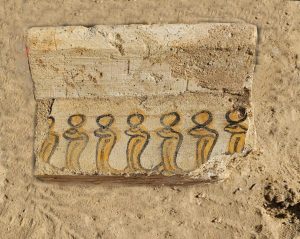
The mission also found terracotta statues of the goddess Isis Aphrodite wearing a floral wreath and a crown, which suggests the nature of religious beliefs of the people who lived there. Most remarkable are the two golden-tongued mummies of the Roman Period.
The mission also found papyrus fragments and 23 mummies with gilded and coloured funerary masks. There is also evidence of a now-demolished building in the form of stone blocks decorated with floral motifs, grapes, animals, birds and snakes.
Al-Bahnasa was once known as Oxyrhynchus, which derived from two Greek words meaning ‘sharp-nosed’, in reference to a fish deity.
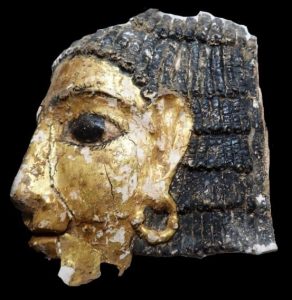
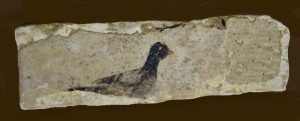
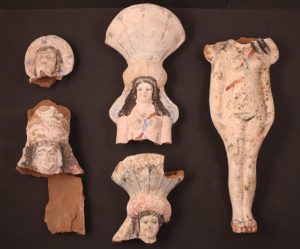



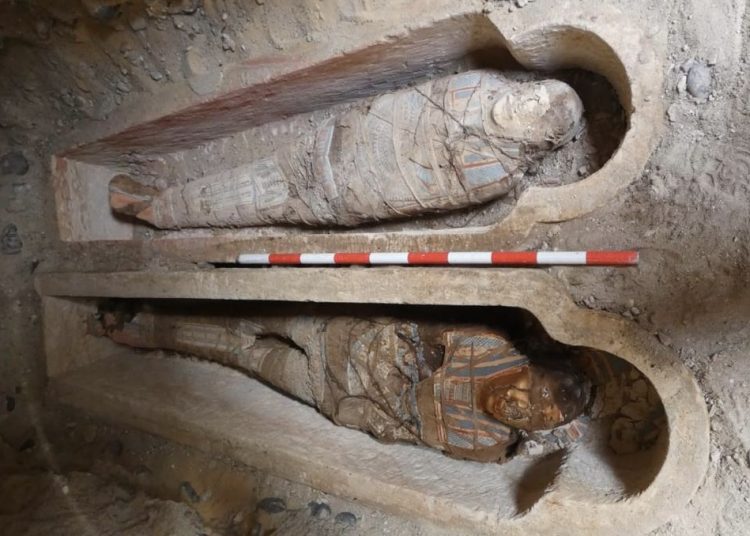


Discussion about this post